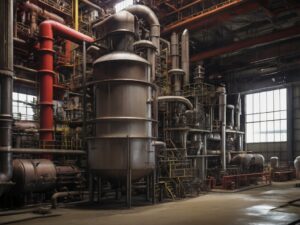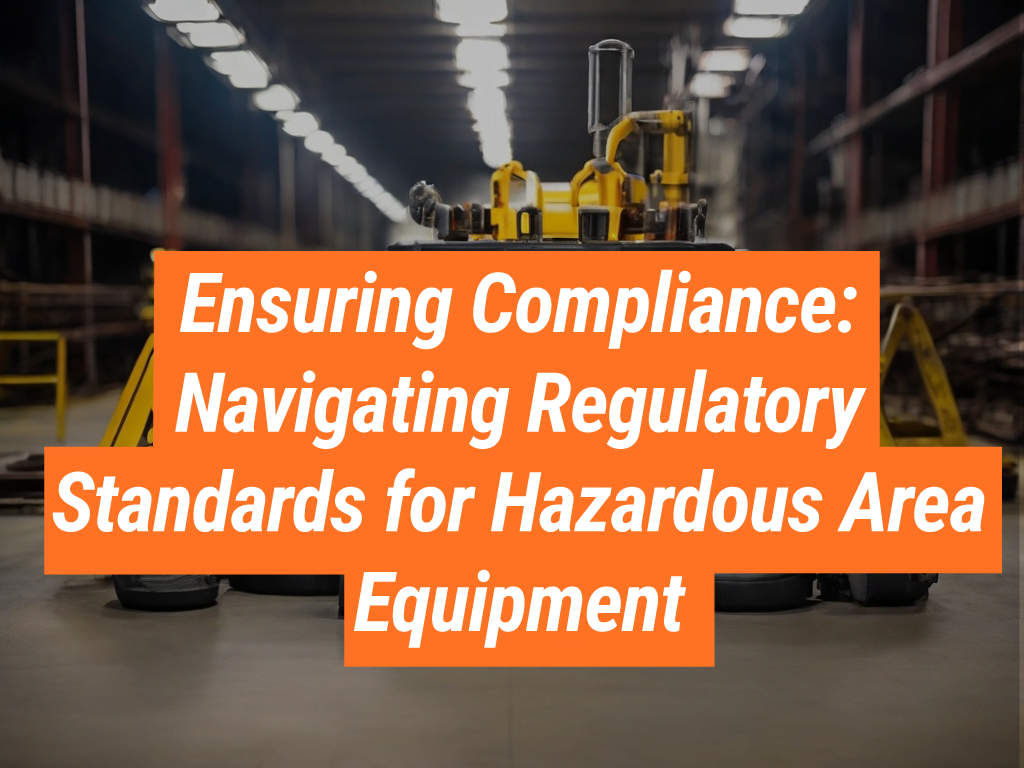Hazardous area compliance in the intricate world of industrial operations within hazardous areas is paramount. Prioritizing compliance with regulatory standards is not just important; it is crucial for safeguarding the lives of those working in high-risk environments every day. To embark on this vital journey towards compliance and enhanced safety measures, visit Intrinsically Safe Store and explore solutions that meet these essential needs.
Understanding Regulatory Standards
Firstly, navigating the vast landscape of regulatory standards necessitates familiarity with international and national bodies like the International Electrotechnical Commission (IEC), the European Union (ATEX directives), and the Occupational Safety and Health Administration (OSHA) in the United States. Therefore, acquainting oneself with standards such as IECEx, ATEX, and NEC 500/505 becomes essential for choosing equipment that can safely operate in hazardous conditions.
The Path to Compliance
Achieving compliance within hazardous areas, whether it be a worksite, lab, or any other environment that contains potential dangers, is not a straightforward task. It requires a meticulous and systematic approach to ensure that all safety standards and regulations are adhered to.
Classification of Hazardous Areas
The first step in this process is to accurately classify the hazardous area. This entails identifying the type and nature of hazards present, their sources, and their potential impacts. This could involve conducting a thorough inspection of the premises, gathering and analyzing data on the substances present, and studying the processes and procedures carried out in the area. The classification process could also include determining the level of risk associated with each hazard, whether it be a chemical, biological, radiological, nuclear, or explosive hazard. The result of this classification should provide a clear picture of the potential dangers present and inform the following steps to ensure compliance.

Selection of Certified Equipment
Once the hazardous area has been correctly classified, the next step is to select appropriate equipment that has been rigorously tested and certified by recognized bodies. Various bodies globally carry out this certification process, including the Underwriters Laboratories (UL), the European Committee for Electrotechnical Standardization (CENELEC), and the International Electrotechnical Commission (IEC), among others. These bodies conduct detailed inspections and tests on equipment to ensure their safety, reliability, and resilience under specified hazardous conditions.
The Importance of Certified Equipment
Choosing certified equipment is not a mere formality; it is a crucial step in ensuring compliance and safety. Certified equipment has passed stringent tests to prove its ability to withstand hazardous conditions without failing. This means that the equipment can function safely even in the presence of potentially dangerous substances, high temperatures, pressures, or radiation levels. Furthermore, certified equipment often comes with detailed instructions for safe usage, maintenance schedules, and other necessary safety considerations.
Ensuring Safety and Compliance
By adhering to these steps – accurate classification of the hazardous area and selection of certified equipment – one can achieve compliance in hazardous areas. This not only fulfills regulatory requirements but also significantly reduces the risk of accidents, thereby promoting a safer working environment.
Enhancing Safety Measures
Moreover, beyond achieving compliance, it is vital to enhance safety measures through consistent maintenance, inspection, and worker training. These proactive steps guarantee that equipment not only meets regulatory standards initially but also continues to comply throughout its lifecycle.
The Role of Technology
Additionally, technology plays a significant role in simplifying compliance, offering innovative solutions like intrinsically safe equipment and wireless sensor networks. These advancements not only facilitate easier compliance but also significantly enhance safety in hazardous areas.
In summary, understanding and navigating the regulatory standards for hazardous area equipment is crucial for ensuring safety and compliance in industrial operations facing high-risk environments. By recognizing these standards, utilizing certified equipment, and leveraging advanced technologies, industries can protect their workers and ensure operational integrity. Are you ready to prioritize safety and compliance in your operations? Contact us at Intrinsically Safe Store. Our expertise and tailored solutions meet the stringent requirements of hazardous area equipment, helping you to uphold the highest safety standards. Together, let’s commit to creating safer work environments for everyone, thereby enhancing safety and ensuring compliance every step of the way.


























